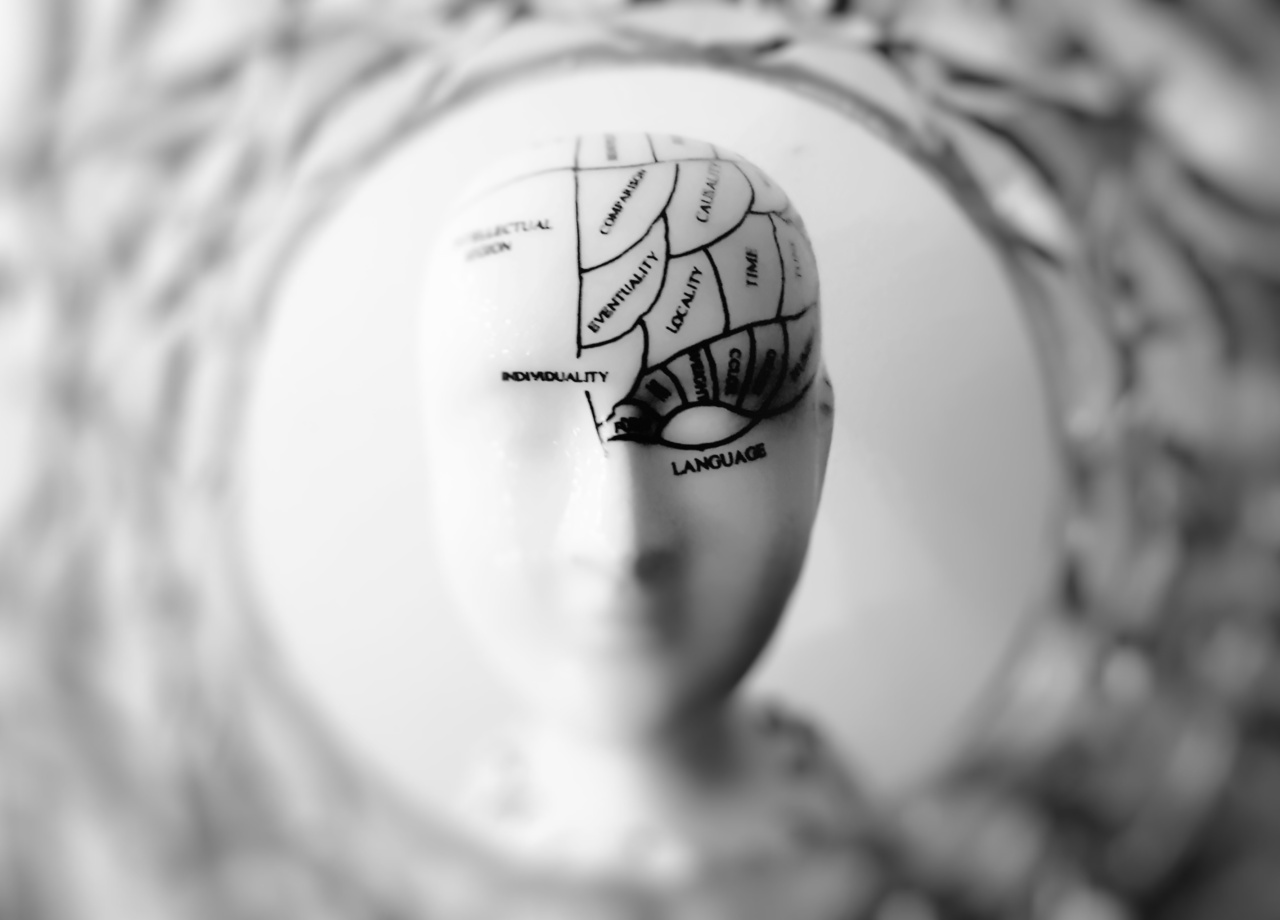A brain aneurysm refers to a weakened, bulging area in the wall of a blood vessel within the brain. Over time, this bulge may continue to enlarge and potentially rupture, leading to a life-threatening condition known as a ruptured brain aneurysm.
The key to diagnosing and treating this condition lies in identifying its signs and symptoms as quickly as possible. In this article, we will discuss how to identify a ruptured brain aneurysm.
Understanding Brain Aneurysms
Before diving into the signs of a ruptured brain aneurysm, it is essential to understand how brain aneurysms develop and their potential consequences.
Brain aneurysms are often asymptomatic, meaning they do not cause any noticeable symptoms until they rupture.
During normal functioning, our arteries and blood vessels have thick and elastic walls that can withstand the pressure of circulating blood. However, certain factors can weaken the arterial walls, causing them to bulge and form an aneurysm.
These factors include high blood pressure, smoking, family history, and past aneurysms.
When a brain aneurysm ruptures, it leads to bleeding in or around the brain, resulting in a condition known as a subarachnoid hemorrhage. This bleeding can cause severe damage to the brain and may even be fatal if not diagnosed and treated promptly.
Signs and Symptoms of a Ruptured Brain Aneurysm
Identifying the signs and symptoms of a ruptured brain aneurysm is crucial for seeking immediate medical attention. While some individuals may experience warning signs before a rupture occurs, others may not have any symptoms until after it happens.
Common signs and symptoms of a ruptured brain aneurysm include:.
1. Sudden and Severe Headache
A severe headache, often described as “the worst headache of my life,” is one of the most common symptoms of a ruptured brain aneurysm. The headache may come on suddenly and can be accompanied by a range of other symptoms.
2. Nausea and Vomiting
Individuals with a ruptured brain aneurysm may experience nausea and vomiting, which can be severe and persistent.
3. Stiff Neck and Neck Pain
A stiff neck, along with neck pain, is another telltale sign of a ruptured brain aneurysm. This symptom is often associated with irritation of the lining of the brain (meninges) due to bleeding.
4. Sudden Sensitivity to Light
Light sensitivity, also known as photophobia, is a common symptom after a brain aneurysm rupture. Bright lights may become extremely uncomfortable, causing individuals to seek dimmer environments.
5. Blurred or Double Vision
A ruptured brain aneurysm can affect vision, leading to blurred or double vision. This symptom may occur due to increased pressure on the nerves responsible for visual processing.
6. Loss of Consciousness
In some cases, a rupture can cause a loss of consciousness or fainting. This occurs when the brain’s blood supply is severely compromised, leading to a temporary loss of normal brain function.
7. Seizures
Seizures, characterized by uncontrolled and abnormal electrical activity in the brain, can be an indication of a ruptured brain aneurysm.
8. Difficulty Speaking
Speech difficulties, such as slurred speech or difficulty finding words, can occur as a result of a ruptured brain aneurysm impacting the areas of the brain responsible for language.
9. Weakness or Numbness
A sudden and unexplained onset of weakness or numbness in the face, arm, or leg can be a sign of a ruptured brain aneurysm. This symptom may be limited to one side of the body or affect both sides.
10. Changes in Mental State
After a rupture, individuals may experience changes in their mental state, such as confusion, irritability, difficulty focusing, or even a loss of consciousness.
When to Seek Medical Attention
A ruptured brain aneurysm is a medical emergency that requires immediate attention. If you or someone you know experiences any of the symptoms mentioned above, it is crucial to seek medical help without delay.
Time is of the essence in diagnosing and treating a ruptured brain aneurysm to prevent further complications and potentially save a life.
Treatment Options for Ruptured Brain Aneurysms
Upon arrival at the hospital, a healthcare professional will evaluate the individual and may perform various diagnostic tests to confirm a ruptured brain aneurysm.
These tests may include a computed tomography (CT) scan, magnetic resonance imaging (MRI), cerebral angiography, or a lumbar puncture.
The treatment for a ruptured brain aneurysm may involve a combination of surgical and non-surgical approaches, depending on the severity and location of the aneurysm. The two main treatment options are:.
1. Clipping
During a surgical procedure called clipping, a neurosurgeon places a metal clip around the neck of the aneurysm to prevent further bleeding. This approach requires open brain surgery.
2. Coiling
Coiling is a less invasive procedure where a catheter is inserted into the blood vessel, and tiny platinum coils are placed within the aneurysm to promote blood clotting and prevent rupture.
Prevention and Outlook
While it is not always possible to prevent a brain aneurysm from forming, certain lifestyle modifications can reduce the risk of rupture.
Managing high blood pressure, avoiding smoking or tobacco use, and seeking regular healthcare check-ups can contribute to early detection and preventive interventions.
The outlook for individuals with a ruptured brain aneurysm depends on various factors, including the size, location, and general health of the patient.
Prompt medical attention and the appropriate treatment significantly increase the chances of survival and minimizing potential complications.























